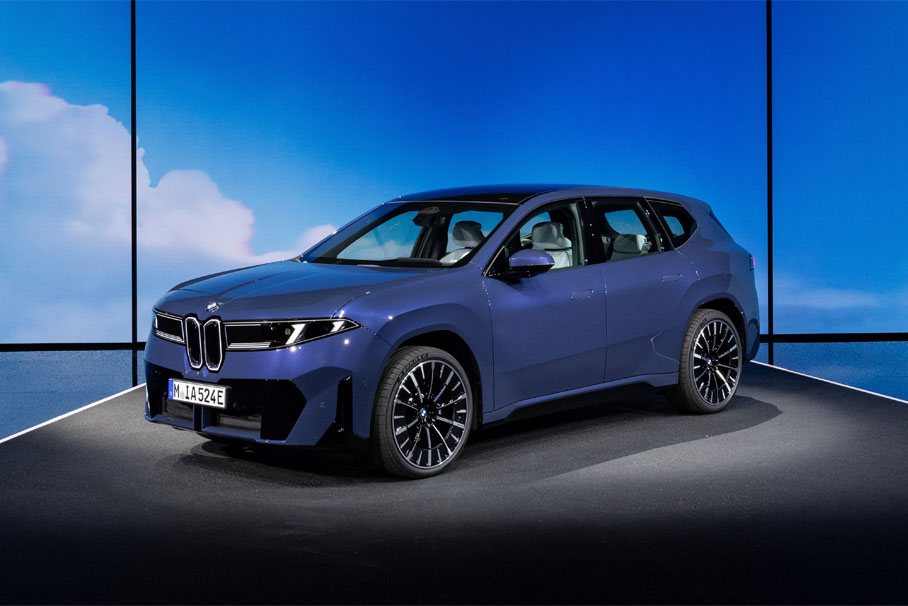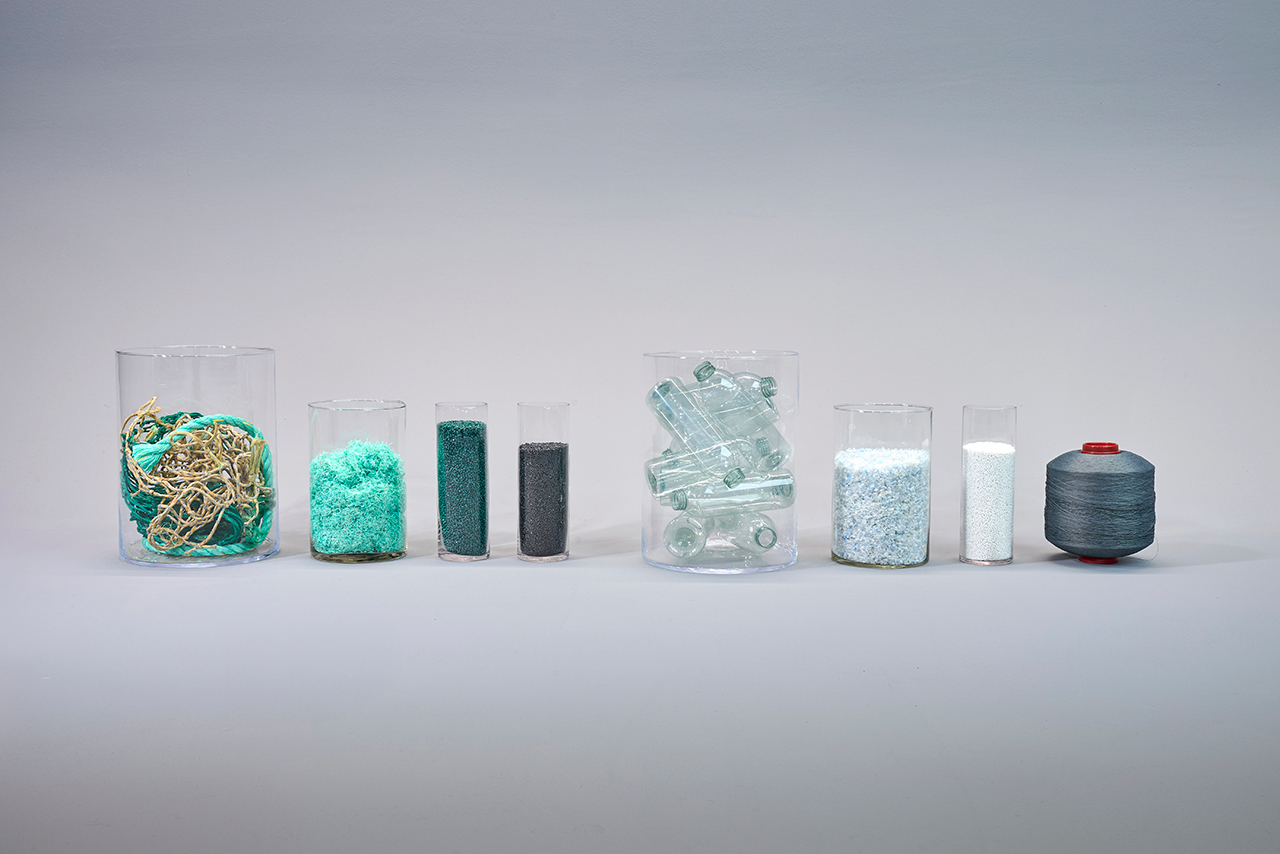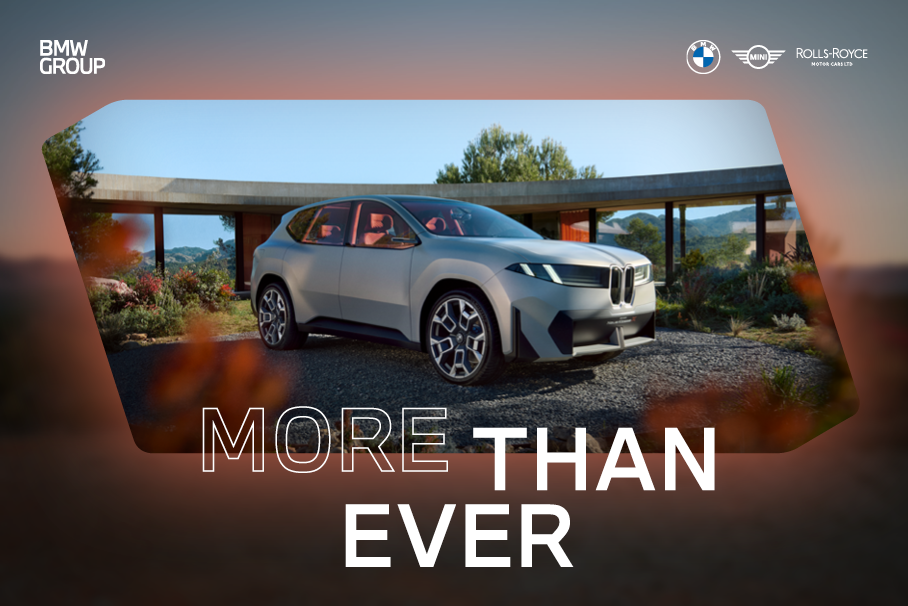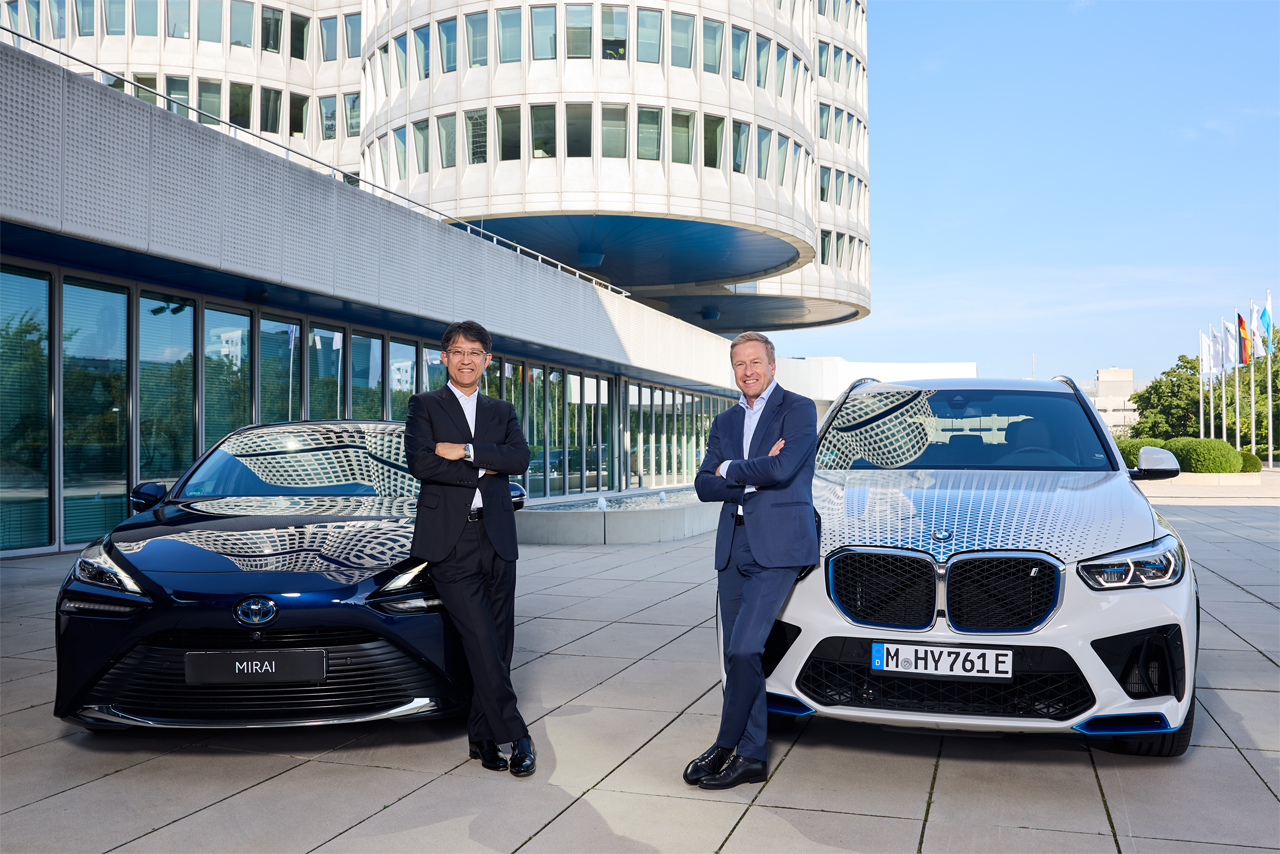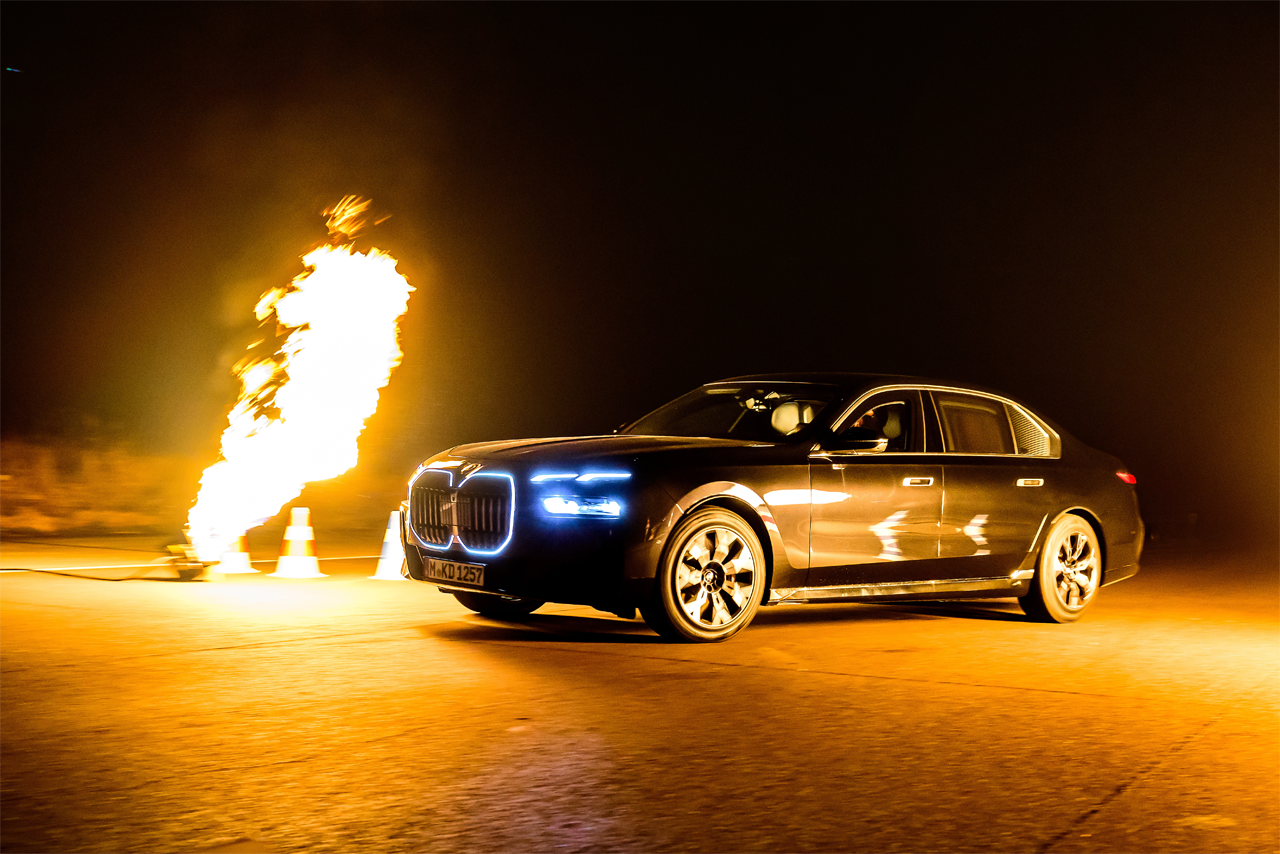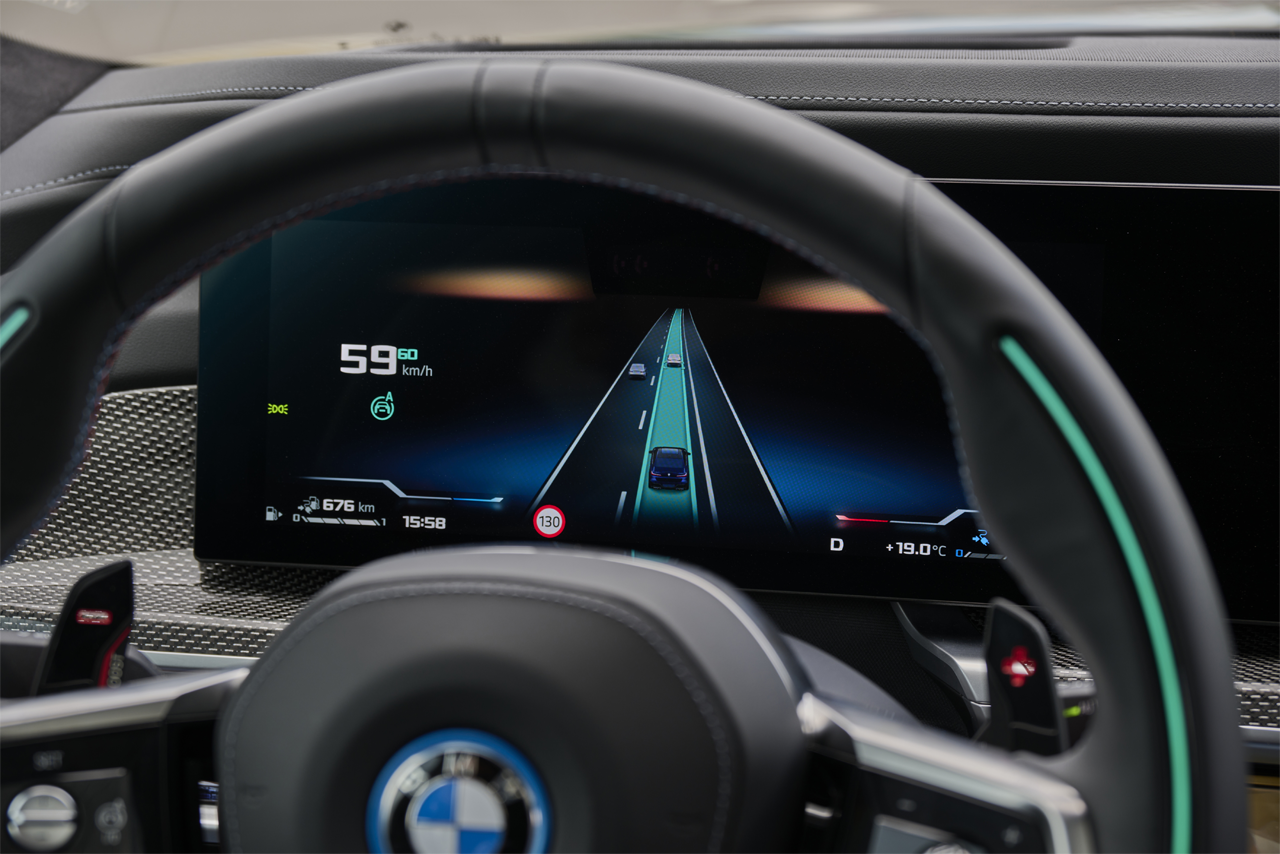Their iconic shapes make BMW Group buildings unmistakable. Instantly recognisable, their designs represent the brand and company. But they also mean much more: inside, these architectural works create a unique centre of culture.
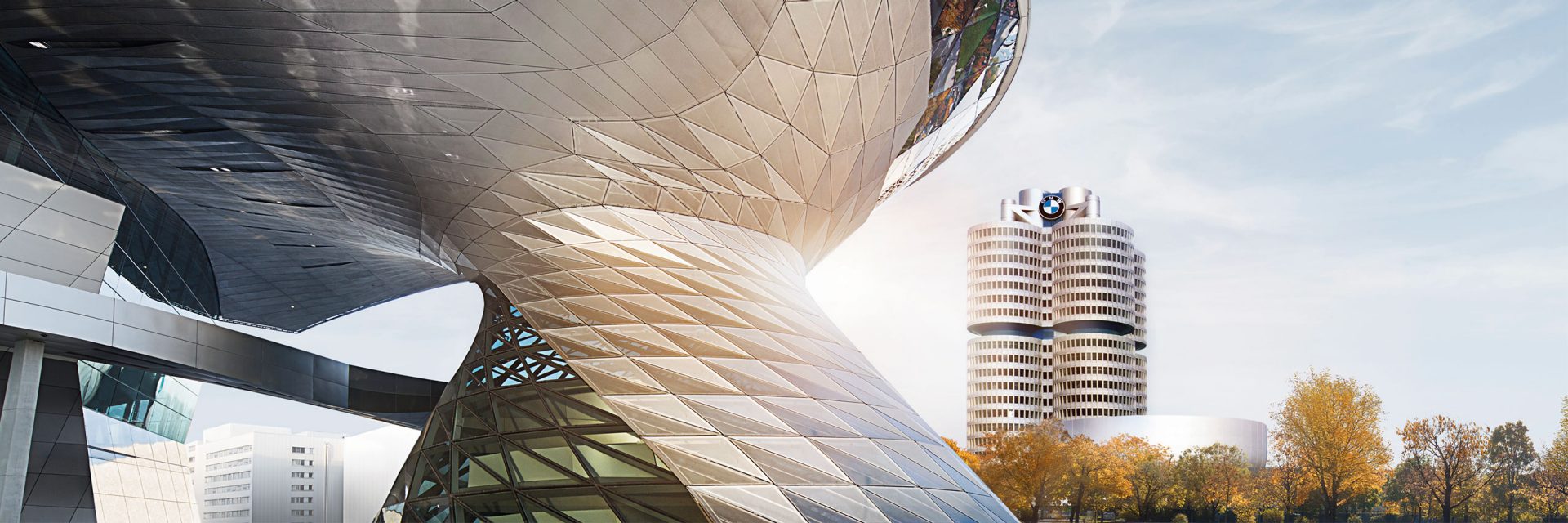
Space for more: BMW Group architecture as cultural heritage.
Form follows function.
As buildings in their own right, the BMW Group headquarters in Munich, the adjacent BMW Welt and BMW Group Plant Leipzig are architectural masterpieces – and award-winning because of it. They each have their own unique and memorable design, without compromising on functionality. They were created not just with their own aesthetics in mind but with respect to how they blend in with the overall setting of the city. Designed to be striking, and standing out without looking out of place, these buildings are formative to the atmosphere of their location. This focus on the broader picture stems not least from our sense of responsibility: each building, in its own way, fully achieves a delicate balance between purpose, individual design and status as an icon of the company and city. The result is three buildings, each with a personality of their own.
“At the BMW Group, people and places go hand in hand. When planning new buildings, we always take a holistic view. What spatial structure the respective areas require, what environment our employees need for good teamwork and how we use space efficiently are central aspects to be considered. Architecture creates something lasting. At the BMW Group, we see it as part of our social responsibility to make a valuable contribution to our employees and our environment,” says Ilka Horstmeier, Board Member for HR and Real Estate with the BMW Group.
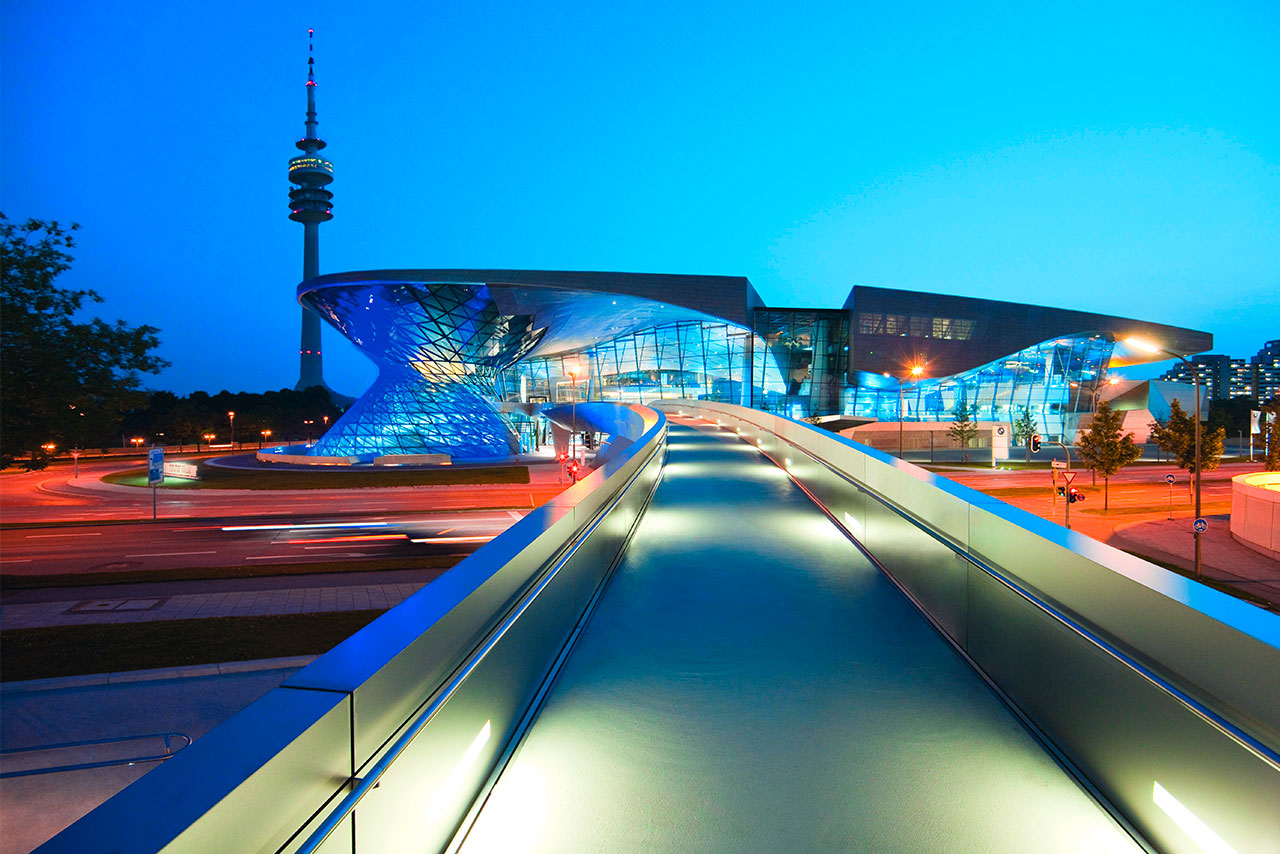
More than just a workplace.
These ideals are also reflected inside the buildings, where spaces are optimised not just for energy efficiency but first and foremost for people. They are places to feel at ease. Workspaces are designed with employees’ needs in mind, focusing on creativity, efficiency and a sense of community and fostering BMW Group working culture through interior design. In these buildings, values, ideals and future plans are unified under the guiding principle of creating spaces for people.
It all began back in 1972, with the BMW Group’s first architectural pilot project: its headquarters in Munich. Designed by the Austrian architect Professor Karl Schwanzer, the striking, self-assured form of the building combined vision, boldness and purpose in a way that makes this building a timeless icon to this day. The sharp, unmistakable design is reflected in every formal language of the BMW Group, from architecture to vehicle design.
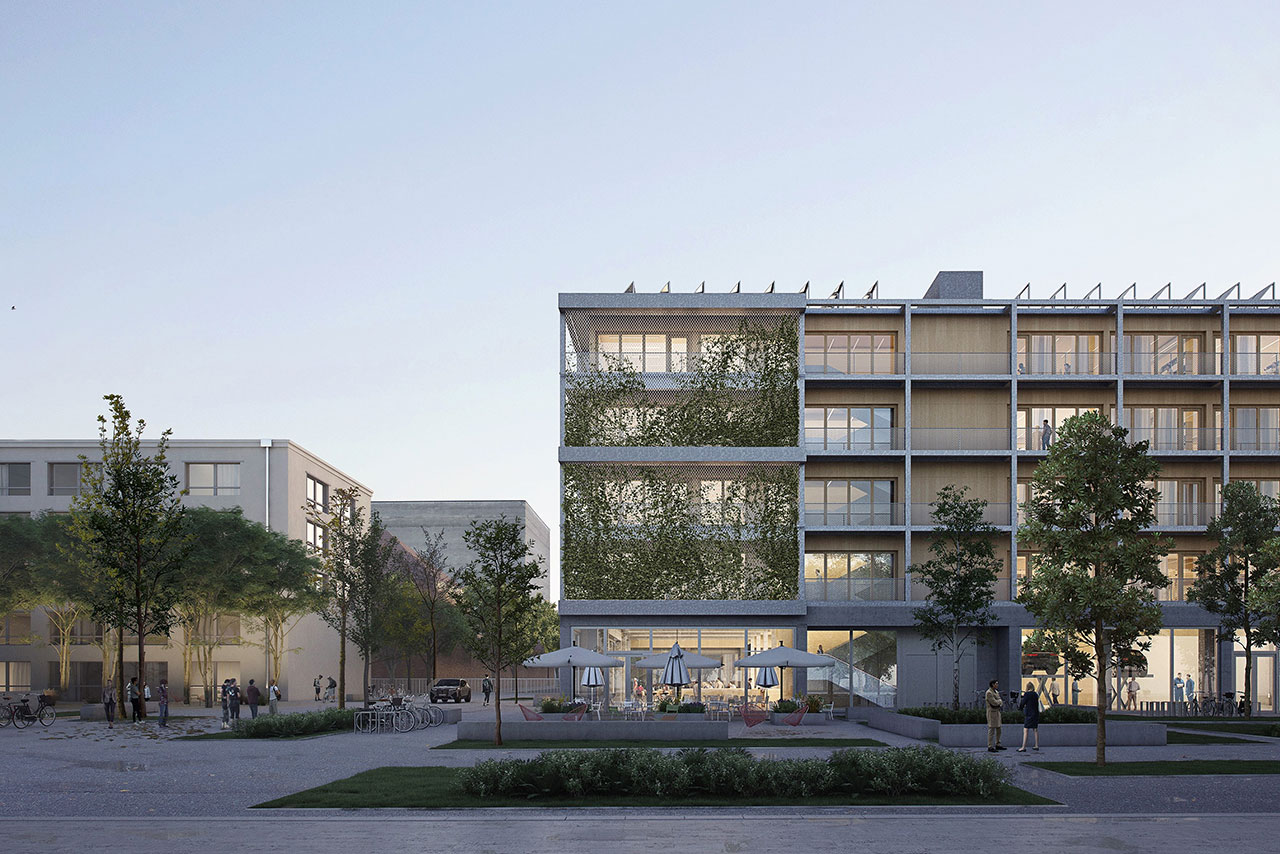
A meeting point – the BMW Group Talent Campus in Munich.
The BMW Group’s latest architectural flagship is the state-of-the-art Talent Campus in Munich. Intended as the company’s local CPD centre, the newbuild is symbolic of the close-knit community both within the company and beyond. Along with the existing structures, the Talent Campus brings to the area new green and open spaces to upgrade the neighbourhood. In combination with the café – which is open to the public – these create a central meeting point: an efficient point of contact with the public that nurtures a sense of community. The design of the building also fosters a relaxed, natural atmosphere, with a wood façade combining an element of tranquillity with the actual purpose of the building: to provide further education.
Being a natural building material, wood also adds warmth to the interior spaces. Generous windows let sufficient daylight into all areas of the building and contribute to a positive learning atmosphere available to the company’s 40,000+ Munich-based employees.
The interior spaces can be divided and adapted as needed, allowing the building to be rearranged to fulfil any purpose or requirement and ultimately making it more sustainable.
From Talent Campus and BMW Welt to the central building in Leipzig or HQ in Munich, each building reflects the BMW Group’s history and vision in its own way while remaining fundamentally connected with its geographical location and, above all, with the people who use it every day across the decades.
Find out more about the BMW Group’s locations and central buildings here.








